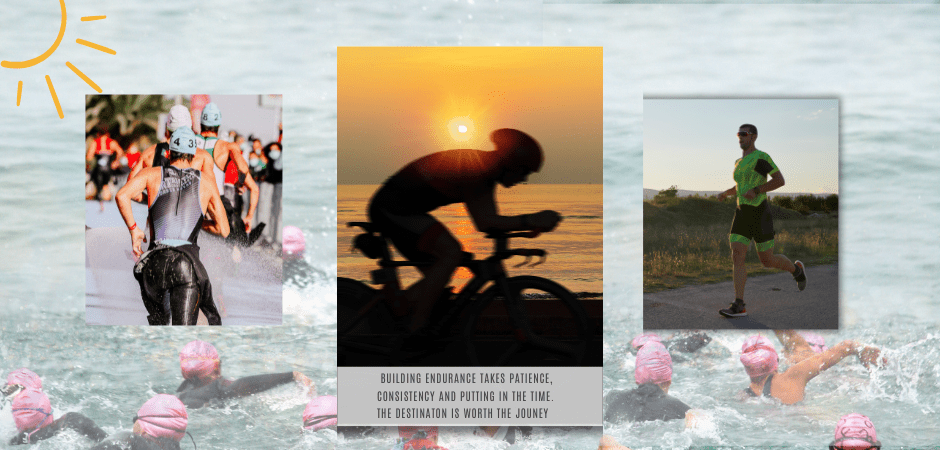What the Pros Know: Why You Should Leave an Interval in Reserve

What the Pros Know: Why You Should Leave an Interval in Reserve
We tend to think that pushing ourselves to the limit is the best way to improve. Go hard, or go home—right?
But what if that mindset is actually holding us back in the long run?
In a recent conversation on the Running with the Buffaloes podcast, Coach Mike Smith—who trains some of the top distance runners in the country—said something that should make all of us, especially those training for the long game, stop and think:
“The goal is to walk away from the session with 1 or 2 more intervals left in the tank.”
It’s a powerful idea. And it’s not just for elite runners—it might be even more important for us mere mortals who are juggling training with jobs, families, aging bodies, and the desire to keep doing what we love for decades to come.
Here’s why it matters—and how to put it into practice.
Why Stop Before You’re Spent?
Let’s start with the why. When you finish a session feeling like you could have done more—rather than crawling away in a puddle—you’re doing a few key things:
-
Protecting your nervous system. Redlining every time you train keeps your body in a heightened state of stress. Backing off just slightly allows for recovery, adaptation, and resilience.
-
Building consistency. One heroic workout doesn’t build fitness—consistent, sustainable training over time does. If you're too wrecked to show up the next day, you're breaking the chain.
-
Reducing injury risk. Especially as we age, knowing when to pull back helps keep us strong and mobile. A strained hamstring or overuse injury from that “one more rep” can sideline you for weeks.
-
Training maturity. There's a kind of confidence—and even wisdom—that comes from choosing to do just enough rather than going to the edge every time.
How to Apply This Principle
So how do you apply this “leave one in the tank” idea in your own training?
Here are some practical takeaways:
-
Set your intervals—and stick to them. If the plan says 5 x 800, don’t decide mid-session to tack on 2 more “because you feel good.” That discipline pays off.
-
Run by feel, not just the watch. Pace matters, but tuning into your internal cues—like how your breathing feels or how quickly you recover between reps—is equally important.
-
End with energy. You want to walk away from your workout feeling accomplished but not depleted. That’s the sweet spot where adaptation happens.
-
Respect cumulative fatigue. Training load adds up over days and weeks. Don’t underestimate how yesterday’s work affects today’s recovery—and tomorrow’s gains.
Train Like You Want to Keep Training
Ultimately, this isn’t about slacking off. It’s about playing the long game.
It’s about training with intention, intelligence, and restraint—so you can keep building strength, speed, and vitality year after year.
Because what the real flex? It's still being in the game when others have burned out.
So the next time you're tempted to push through that extra interval, ask yourself:
What would Coach Mike say?




Comments